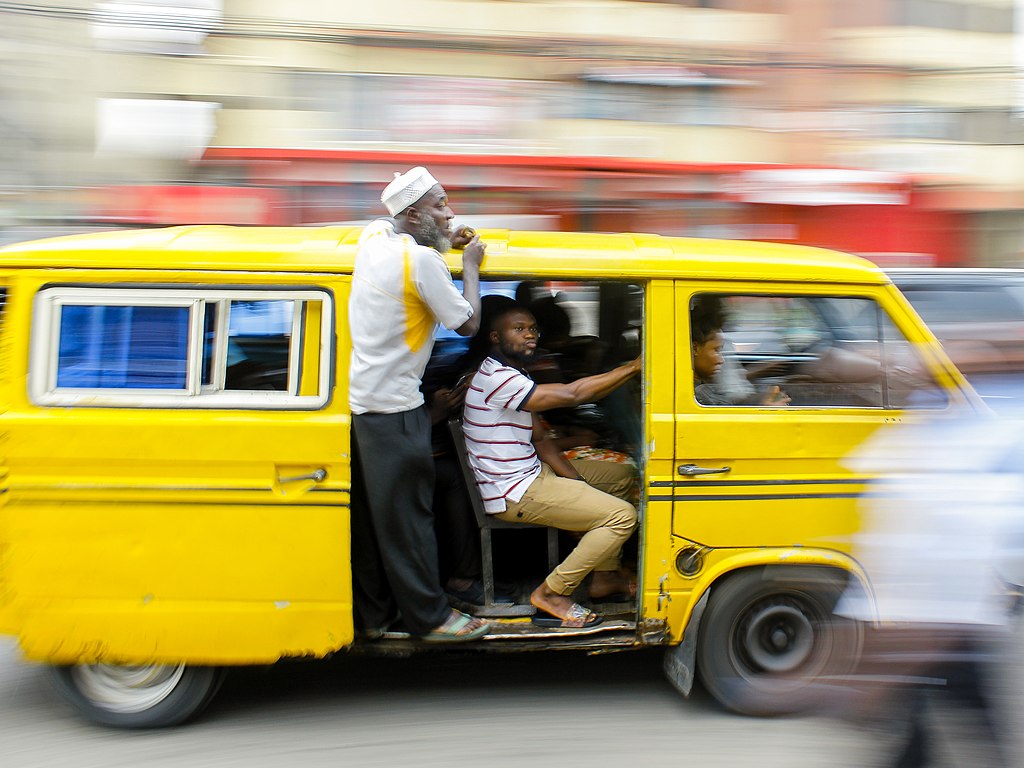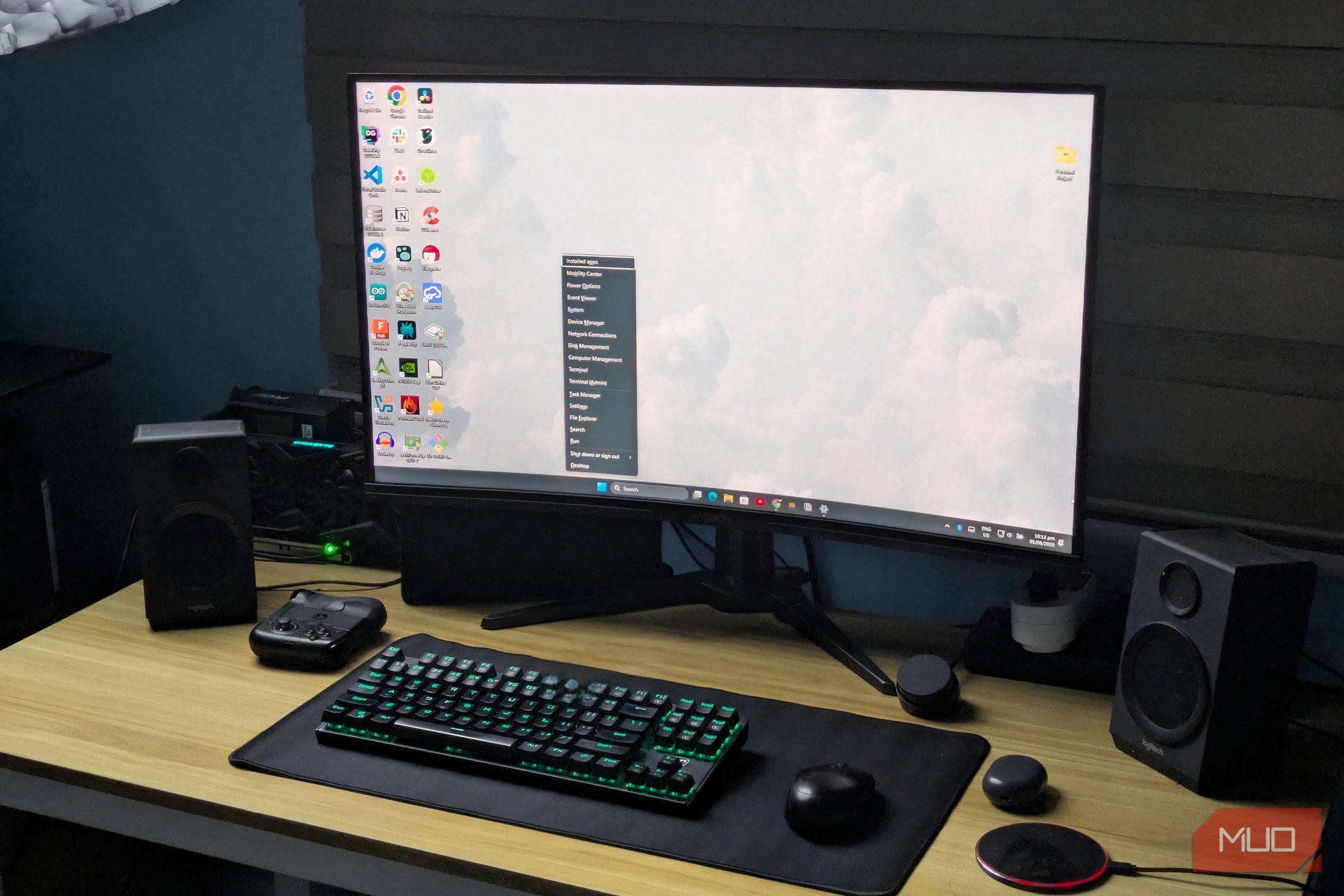Last weekend, Beijing hosted the first “Olympic Games” for humanoid robots. Held at the National Speed Skating Oval, the Olympic track built for the 2022 winter jjo, the three -day event allowed attendees to see football matches, table tennis, boxing, martial arts and athletics tests.
Tens of humanoid robots belonging to private companies from 16 countries and 280 teams from universities participated in the evidence and exhibitions and, although there were more or less fun moments, which has turned the world around is that of the Unitree robot on the athletics track.
We can see it in this video:
In this competition, the robots were not in their air, but were being operated by humans with remote control. That does not take merit to the fact that Unitree’s H1 model I got a speed record when completing 1,500 meters in a time of 6 minutes and 34 seconds.
Its speed reached 4.78 m/s, exceeding the previous 3.3 m/s mark it held a few months ago and eclipseing the 2.5 m/s that the Boston Dynamics Atlas had. And, in context, although it is much slower than Jakob Ingebrigsten, a Norwegian that has the 3: 29.63 mark, it was also faster than many non -professional humans.
But what is giving what to talk about, for the “fun” of the moment, was when that same h1 ran over an operator of another robot who, Next to the Unitree model, I had nothing to do. In the end, as the human operators run next to their robot, when they relieve the control, the H1 operators mislead for a moment and ended up overwhelming the rival.
Yellow card, if they ask me. But here the interesting thing is that these Olympics for robots, more than something fun or colorful, was a muscle demonstration to the entire world.
That the ‘gag’ does not prevent seeing the forest
Robots such as those of Unitree have artificial intelligence systems, and even internal language models, to perform the actions for which they have been trained. H1, without going any further, has been trained with an honor property. The ‘ruling’ in the 1,500 meters test that resulted in the outrage was due to what was commented: they were not autonomous, but controlled by an operator.
However, these Olympics served to demonstrate the versatility of a new generation of robots in which many countries have interest, but that China has become a national priority. The Asian giant is following an extremely ambitious national strategy with a goal: to become a world leader in short -term humanoid robotics.
With the so-called ’14th Five-Year Plan for the Robotics Industry’, the Government set objectives in 2021 with the idea of annual growth of more than 20% in the robotics sector. This year the first national standards for these robots were published, a regulation that covers from environmental perception and movement control to the planning and execution of tasks.
And, for all this, a state fund of almost 140,000 million dollars has been created for technological startups, and Unitree is one of those spoiled by the government.
The country is expected to produce more than 10,000 humanoid robots this 2025 and even “schools” are being created in which these machines are trained in specific tasks such as cleaning, kitchen or series manufacturing. The purpose is that they are capable of perform tasks that require fine mobility. In the “Olympics”, apart from more conventional sports tests, medication classification tournaments, material manipulation and cleaning were held.
Come on, it was a window for companies to show achievements that are going to leave in all media, such as the Unitree record, but also to be seen to what extent is the specialization of these robots.
China considers that these humanoid robots are “The next great technological revolution” After smartphones and electric vehicles, and are an essential tool in the industry, but also to compensate for the demographic decrease of some countries that are suffering to find workers in certain sectors.

And there are several cities in which universities and startups are investigating in humanoid robotics, but the hard core of investment and leadership in China is made up of Shanghai, Shenzhen, Beijing, Suzhou and Guangzhou, agglutinating the largest number of companies and industrial parks for the development of robotic projects.
In the end, the ‘World Humanoid Robot Games’ or events such as the robot soccer World Cup or boxing championships are nothing more than a showcase to test the abilities of robots that, in China they are already living with humans. For example, guide robopoperros for blind, those who are “living” in the subway by distributing packages to food stores or those who perform hospital care and care tasks.
Returning to the Olympics, the most amazing thing is that Unitree ensures that those 4.78 m/s of their H1 have already been surpassed in internal tests.
Images | UNITREE
In WorldOfSoftware | Given the irremediable aging of its population, China has made a family decision: up the retirement age











